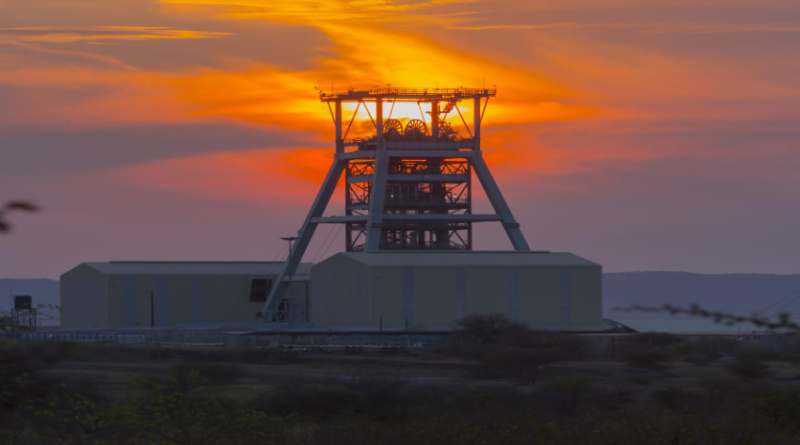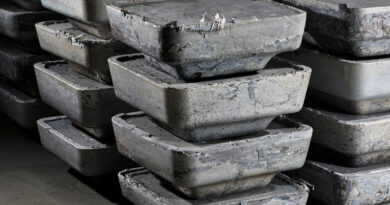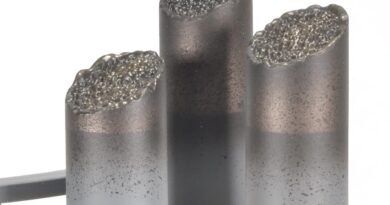2024 outlook for mined platinum supply and recycling
The persistence of higher-for-longer interest rates, ongoing political uncertainty and ambiguity in regulation aimed at finding the most sustainable and economically viable pathways for energy transition are impacting both consumer sentiment and commodity markets.
While the PGM basket price has settled somewhat, this low-price environment will continue to weigh on the mining industry. For the full year, Platinum Quarterly expect a 2% contraction in mine supply which will be partially offset by a weak but gradually recovering recycling sector.
Global supply is expected to reach 7,089 koz, down 1% year-on-year (-71 koz). Platinum demand is set to grow by 3% year-on-year (+226 koz) to 8,118 koz, as it now expect ETF holdings to remain net positive while Chinese large bar sales will grow.
Supply
Total mined platinum supply is forecast to decrease 2% year-on-year to 5,508 koz, primarily due to anticipated declines in South Africa and Russia. South African supply is expected to fall by 2% to 3,883 koz, as cost-driven restructuring efforts offset growth from project ramp-ups.
The drop in PGM prices has exerted significant margin pressure across much of the South African cost curve. In response, producers have announced a series of cost-cutting measures for 2024, including workforce reductions, deferred project development, reduced capital expenditure and infrastructure closures.
While the full impact of these actions on production volumes is likely to materialise post-2024, the South African supply forecast for this year is already approximately 0.5 Moz lower than pre-COVID levels.
The marginal profitability of several operations at current PGM prices has introduced heightened price elasticity, with further declines in the basket price potentially prompting additional restructuring. This thereby poses downside risks to the 2024 forecast.
The major producers have announced plans to reduce their workforce by approximately 9,000 positions. The majority of these job reductions have already been implemented, with only minimal impact on 2024 production expected.
South African platinum mining employment had increased over the past three years, peaking in 2023. The job cuts planned for 2024 are likely to return employee numbers closer to pre-COVID levels, with an anticipated increase in labour productivity expected to mitigate much of the impact on production volumes.
Thus far in 2024, South African production has avoided significant large-scale disruptions. At the time of writing, all producers have maintained their 2024 production guidance, despite some unprotected strikes at Western Limb operations, which were limited in scope and quickly resolved.
Russian supply has outperformed expectations so far in 2024, with Nornickel’s production on track to exceed guidance. Ongoing maintenance of Furnace # 2 at the Nadezhda Metallurgical Plant is expected to impact production in the second half of the year. However, the disruption may be less severe than anticipated, introducing upside risk to the forecast 646 koz output, which represents a 4% year-on-year decline.
North American supply is expected to remain flat, with modest growth anticipated from Sibanye-Stillwater’s US operations as it recovers from the 2023 shaft incident. This growth is expected to be offset by a decrease in by-product output from Canadian nickel mining. Output from Zimbabwe is forecast to remain stable this year.
Recycling
By the end of the first half of 2024, global recycling is estimated to have reached 765 koz, approximately 2% below H1’23. However, for the full year, recycling is projected to reach 1,581 koz, marking a 2% year-on-year increase.
Specifically, for the spent autocatalyst market, after two years of steep declines, recycling this year appears to be stabilising slightly. Several factors that previously hindered the flow of materials from consumers to scrapyards and from scrapyards to refiners have improved or are dissipating.
New vehicle inventory levels have increased, enabling consumers to replace their vehicles with ease and minimal wait times. Vehicle prices are decreasing and there is an expectation that interest rates, and consequently lease rates, will also decline.
This should stimulate higher volumes of end-of-life vehicles entering the recycling pipeline. Additionally, since the start of this year, the price of a 3E basket of 1 gram of platinum, palladium, and rhodium has closed within a very narrow band ($25), leading to less hoarding as hopes for higher prices diminish.
Jewellery scrap is also expected to contribute to the overall growth, with a projected 4% rebound in 2024 versus 2023, driven primarily by a modest recovery in jewellery demand which stimulates selling back of older pieces. The upgrade in data storage facilities to accommodate the requirements of AI could result in an 8% increase in platinum supply from e-waste this year.




